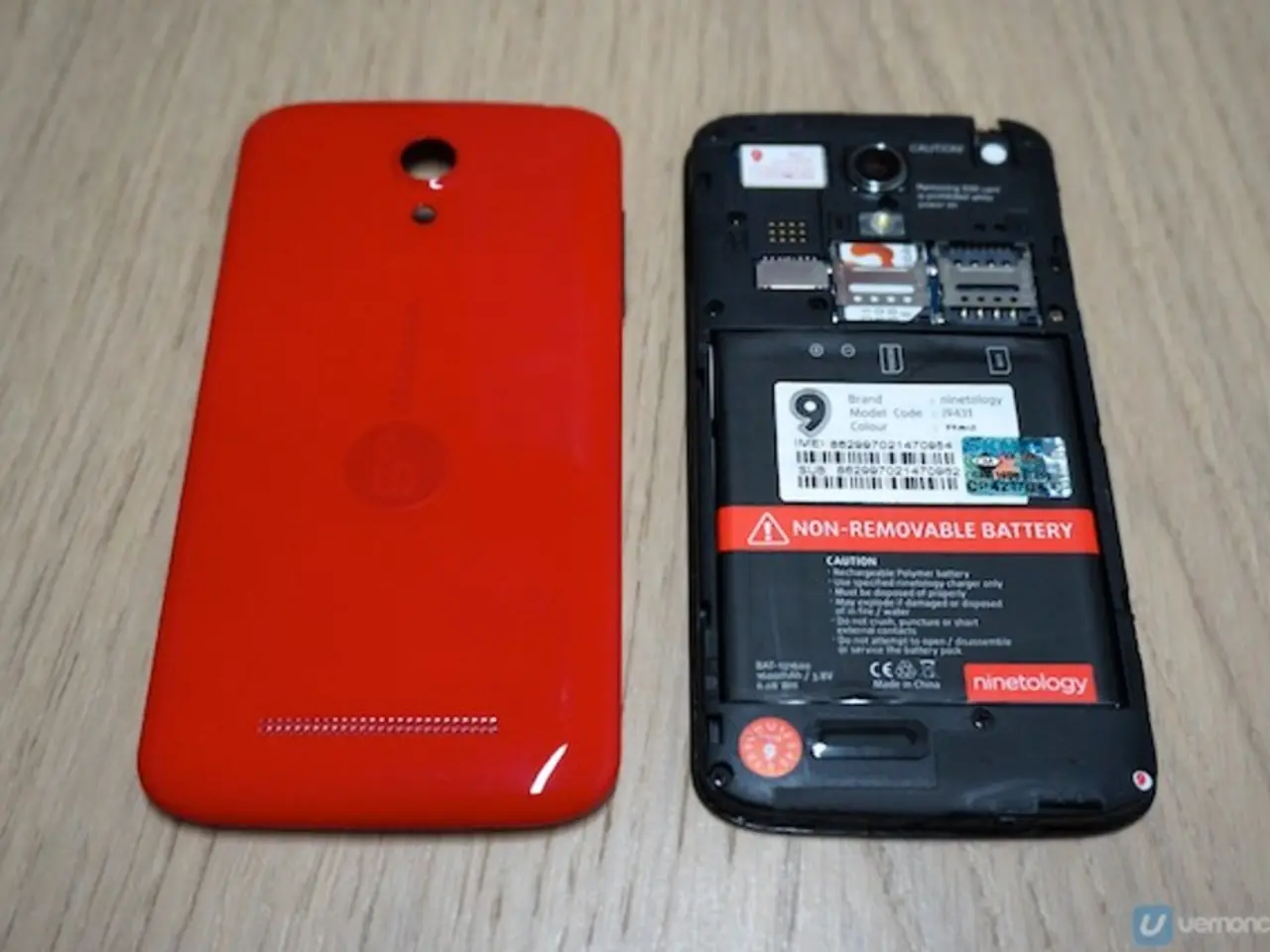Wireless Gadget: Walter - A Miniature Modem for Your Tech Endeavors
The Walter GSM radio module by DPTechnics is making waves in the world of Internet of Things (IoT) connectivity. This Belgian-developed module offers a robust, open-source solution for GSM-based communication, serving as a drop-in replacement for PyCom's old GPy module.
Key Features of the Walter GSM Radio Module
GSM-based Communication
The Walter module operates on GSM cellular networks (2G/3G), providing standard mobile network connectivity for your IoT projects. It supports voice calls, SMS, and data transmission over cellular networks.
Compatibility and Durability
Designed to interface easily with various embedded systems for telecommunication, the Walter module is often built for robustness and reliability in professional or industrial environments.
Global Coverage
Leveraging widespread GSM networks, the Walter module enables global use where cellular coverage is available.
Power Consumption
While higher than Low-Power Wide Area Network (LPWAN) like LoRa, the Walter module is optimized for continuous cellular connectivity, consuming just 9.8 μA in deep sleep mode.
Integration
The module comes with APIs and libraries for seamless integration with other microcontrollers or systems.
Typical Applications
- Remote monitoring and control via cellular networks.
- Machine-to-Machine (M2M) communication in IoT projects.
- Asset tracking and telemetry where GSM network is accessible.
- Industrial automation where voice/data via GSM is required.
- Backup communication channels for critical infrastructures.
Comparing the Walter GSM Radio Module with LoRa Modules and Arduino-based Cellphones
| Feature / Aspect | Walter GSM Radio Module | LoRa Modules | Arduino Cellphones | |------------------------|-------------------------------|------------------------------|-----------------------------------| | Network Type | Cellular GSM (2G/3G) | Unlicensed ISM band (LPWAN) | Cellular GSM (depending on module) | | Data Rate | Moderate (voice, SMS, data) | Very low (small data packets) | Moderate (depends on GSM module) | | Range | Cellular network coverage | Very Long (up to 10+ km) | Cellular network coverage | | Power Consumption | Moderate to High | Very Low | Moderate to High | | Voice Support | Yes | No | Yes | | Typical Use Case | Industrial, M2M, telemetry | IoT sensors, smart cities | Educational, hobby projects | | Ease of Integration | Industrial-grade, integrated APIs | Requires gateways/networks | DIY and customizable | | Cost | Commercial/industrial grade | Low-cost, but requires infrastructure | Low-cost but with DIY overhead |
Conclusion
The Walter GSM module is ideal for robust, professional GSM cellular communication including voice and data, suitable for industrial and M2M applications. For battery-efficient, long-range IoT sensing without cellular dependency, LoRa is best. For custom low-cost cellphones or prototyping, Arduino-based solutions are ideal.
The Walter module is not a blazing-fast 5G modem, but offers LTE-M and NB-IoT capabilities. If you're located around cell towers and prefer a certified, open-source IoT modem, the Walter module might be of interest. It has been certified with CE, FCC, IC, RCM, and UKCA.
- Integrating the data-and-cloud-computing capabilities of the Walter GSM radio module with an Arduino, such as Arduino-based data logged, could expand the functionality of gadgets in IoT projects.
- The technology behind the Walter GSM radio module, along with advancements in data-and-cloud-computing, could potentially lead to the development of novel gadgets using arduino, such as smart home devices or industrial automation systems that leverage both cellular networks and local processing power.




